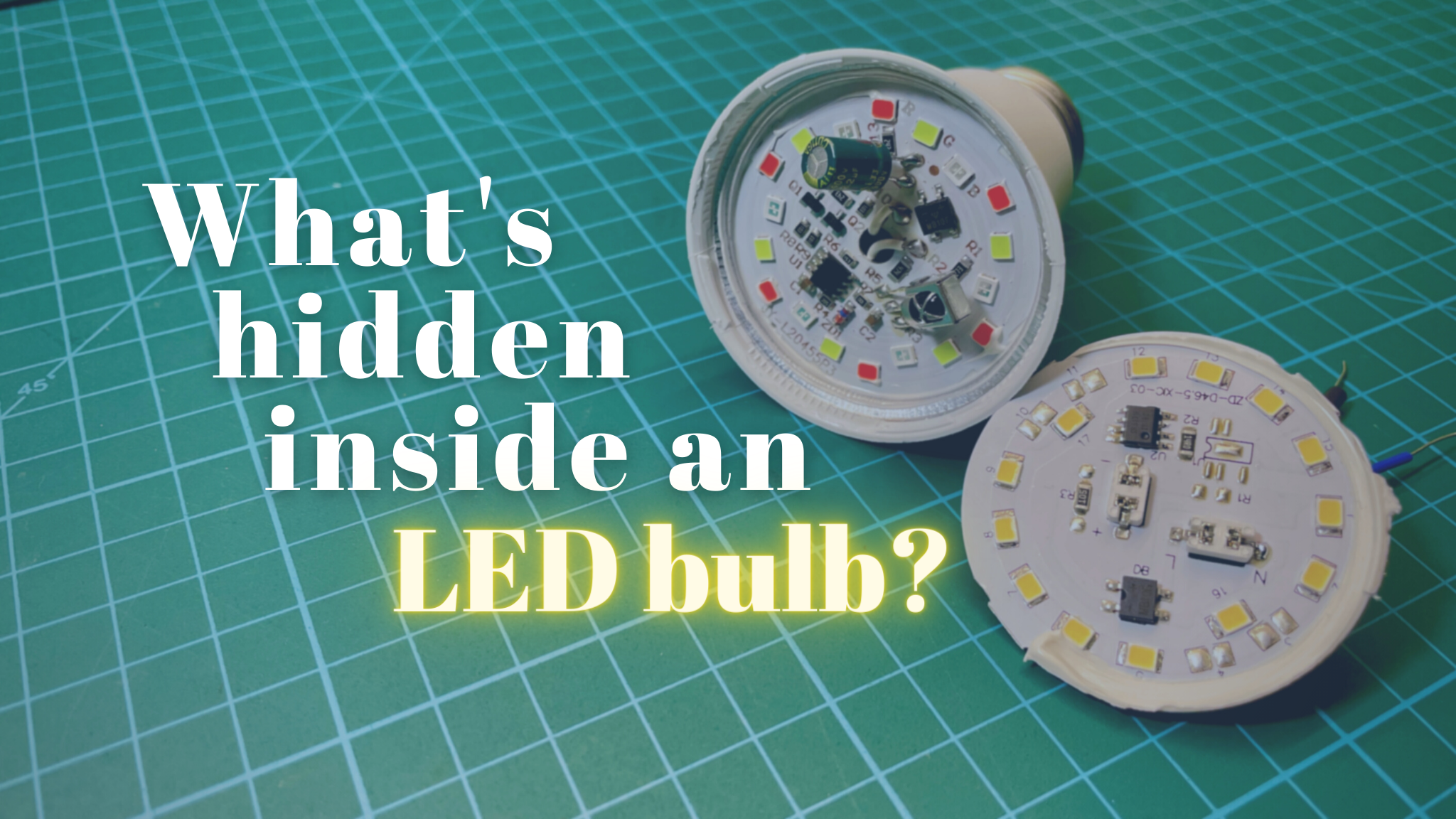If one Internet trivia site is to be believed, the most manufactured thing in the world is a transistor. This may be true, but the authors of this information must have also taken into account those placed inside silicon cores, although they are not single elements. After all, in discrete circuits there are at least two resistors per single transistor, also the Internet fact can be questioned quite easily. However, whatever one may say, transistors in one form or another are quite common in electronics. It is thanks to them that a whole branch of digital and logic circuits was created, which, along with increasing computerization, have become the building blocks of the modern world.

If you are familiar with my Instagram profile, you know that I am quite fascinated by the subject of silicon in the broadest sense. Photographs of both ordinary and microscopic images capturing integrated circuit cores are a fairly common type of content I’ve posted. Among them, there was also some material devoted to transistors, and it is these elements that I would like to take a closer look at in this article.
Transistors are elements that hardly need to be introduced to anyone. These small semiconductor sandwiches have been known to mankind since around the 1940s. Over time, they have become the basic building blocks of all digital integrated circuits. Transistors are available in many types and types, from classic bipolar designs to field voltage-controlled elements. These elements are made primarily of silicon, but in the early days germanium designs were also popular, and are still valued in some circles thanks to the lower threshold voltage with which this semiconductor can be driven. This is around 300mV, where for silicon it is roughly 700mV. In addition to the material of the transistor, they also differ in the type of housing. It can be larger or smaller, and it is roughly assumed that the larger the housing, the more power can be given off to the transistor and thus it can control more current. Usually transistors have for us the form of the housing in which they are housed, and if this housing is disturbed, it is usually the result of a change in the state of aggregation of the semiconductor core, in other words, its burning. No one is unlikely to try to open transistor housings, especially since it is quite difficult to do so with the most common monolithic designs. It is different in the case of, older transistors in metal housings, which are quite easy to open.


Unsealing the closed casing of older transistors during production, we can see its silicon core. This one can be made in various ways, in low-power designs it is usually small in size and resembles the one inside the Soviet МП15. The element connecting the electrodes to the silicon are small thin wires, attached to the substrate by ultrasound or temperature. As you can see, the third lead is missing here, but its role is performed by the housing itself, to which the core is glued. It is accepted that the housing is the collector of the semiconductor element, but I myself have met designs in which it was the base.
In power transistors, the situation is slightly different. The core itself is slightly larger, as are the wires connecting it to the leads. This is not surprising, because, as we know, the task of power transistors is to control higher currents, which require larger areas and cross sections of conductors and semiconductors. It is also worth mentioning that a fairly common method of protecting the cores in larger components is to coat them with a special silicone, which in BDY24 I removed for the photo.

The interior of even older germanium designs differs markedly from any classical design. In this type of element, a single germanium crystal is placed on a vertical plate, which also serves as one of the leads. The others are connected to the semiconductor by small plates. Importantly, when opening germanium structures, special care should be taken. For it happens that these are filled with beryllium oxide, which is harmful to animals and humans. Filling transistors with this element was primarily for better heat dissipation and was the domain of socialist countries. Western designs were dominated by silicone grease, with much inferior performance, but harmless to the environment.
Does the open transistor work?
You may be wondering whether a transistor whose housing has been opened still works. The answer, of course, is yes, but only if any of the connections or the core itself has not been accidentally damaged. Older semiconductor designs are opened quite easily, all you need for this is a little patience and a mini grinder.

However, it should be mentioned that once opened, the transistor will no longer function like its intact brethren. When the component is hermetically sealed, there is “almost” total darkness inside, and this is crucial. The exposed core is exposed to photons, which, like electrons, holes and ions, are potential charge carriers and can therefore disrupt the entire structure.
To illustrate the effect of photons on an open transistor, I took the liberty of preparing a simple circuit with this element, where an additional current-limiting resistor and a microammeter were plugged into the collector-emitter circuit. Importantly, the base of the transistor was left loose, not connected anywhere. Above the open case of the semiconductor design I placed, a short strip with addressable WS28B12 LEDs, controlled by Arduino. Their task is precisely to emit different-colored light, in other words, photons that will fall on the core of the transistor.
As you can see, at the first moment a negligible current of about 5μA flows through the transistor, but after a while a lot really starts to happen. When the LEDs are activated, the core is illuminated with a sharp white light, and the current flowing in the circuit reaches more than 100μA. Further on, you can observe the gradual change of the LEDs’ light color from white, to red, green and blue. The value of the current flowing through the transistor is different for each of them and depends mainly on the wavelength corresponding to a particular light. We can assume that in the range of the visible spectrum, the current would rise from a value of 400nm (near-violet color) to about 800nm (yellow color), after which it would begin to decrease rapidly until it reached 1100nm (infrared).
An ordinary transistor became a phototransistor. Interestingly, I have already read about similar procedures, in which transistor housings were opened up to make them into phototransistors, by the way, some memoirs. It was mentioned there that during the communist era, the availability of light-responsive semiconductors was scarce, so simple phototransistors were built in this way. Although it must be admitted that they are unique in their own way, because they have an additional lead that is the base.
Secrets of the dark current

The fact that light, or more precisely photons, can interact with semiconductors is not surprising, after all, they are energy carriers. But have you ever wondered what happens in such an ordinary transistor or phototransistor, and basically any semiconductor component, when it is not working. In other words, it’s not part of any circuit and is lying around at the bottom of a drawer. One might think that nothing is happening then, but we are actually getting into rather slippery ground here. Semiconductors are doped elements in which specific areas are modified to produce a majority of specific types of energy carriers. Without voltage, they are essentially dead, but only seemingly so. What comes into play here is primarily temperature, which can revive charge carriers. I have already described its effect on semiconductor designs in an earlier article “How does a transistor burn in a common emitter circuit?”, in which a transistor caught fire with a living flame.
Besides, in electronics, the concept of so-called “dark current” is also known. It appears most often in the context of photovoltaic cells, or more precisely, the current flowing through them in the absence of light. In this state, the cell is a certain load for the voltage source, which is why photovoltaic installations use certain safeguards that prevent unlit cells from discharging batteries at night. This role can be performed even by the simplest semiconductor diode, but a better solution is transistor keys.


